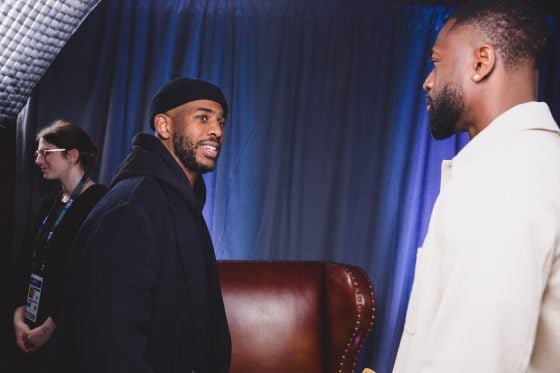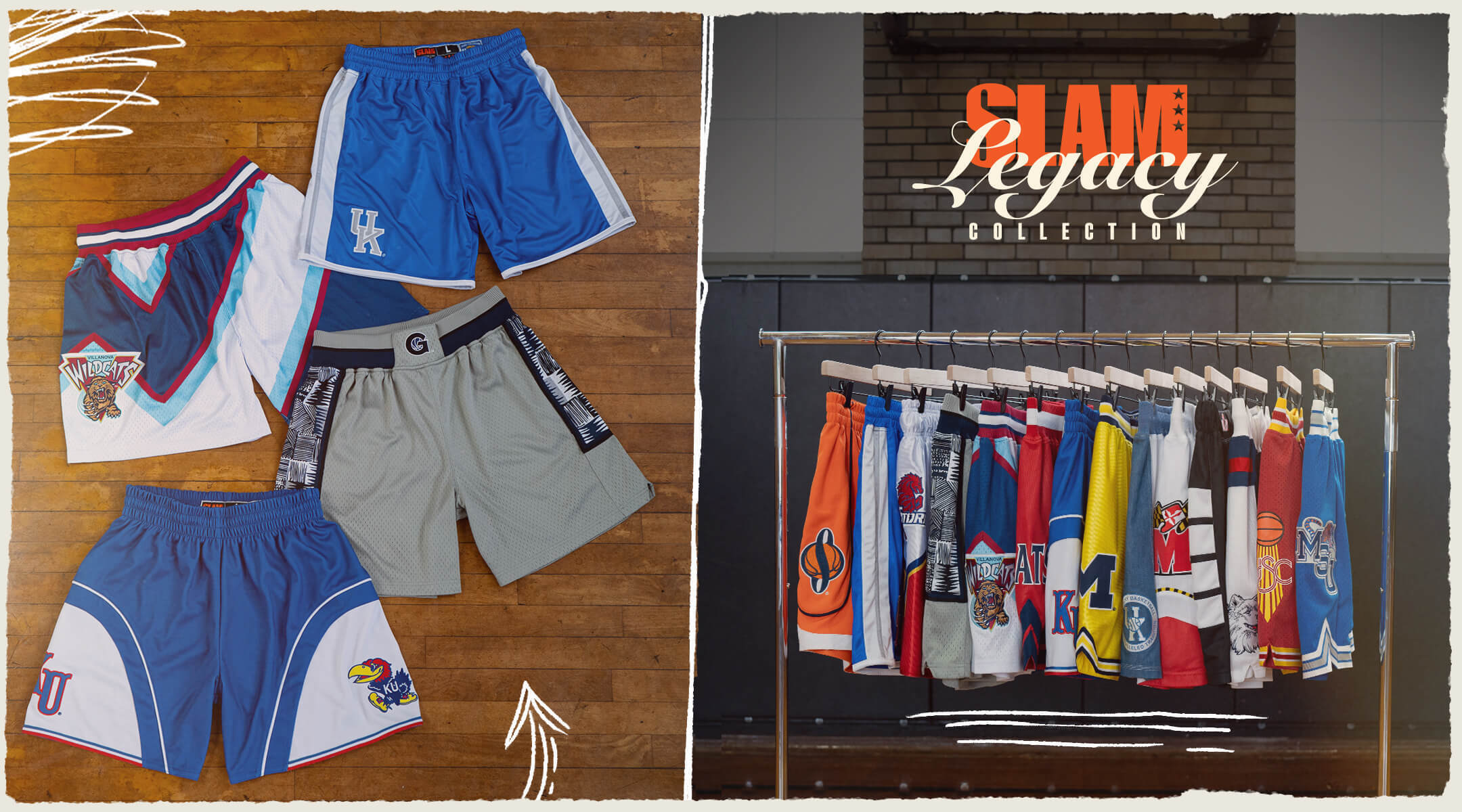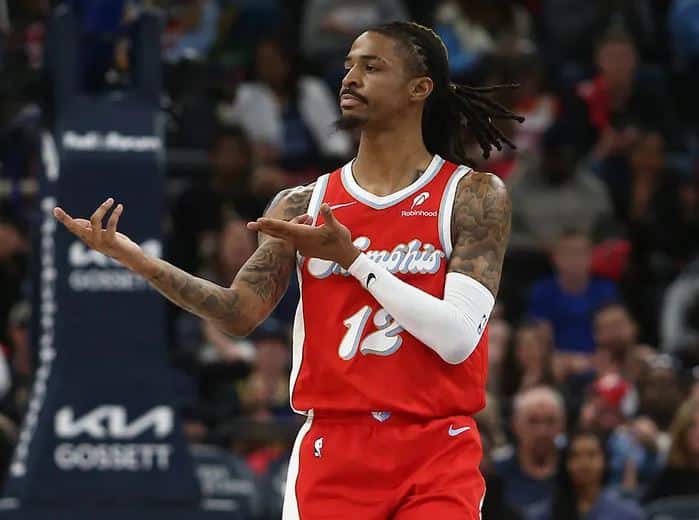RH: If I were someone new, I would first say, “Who am I a fan of? Who did I really enjoy watching play?” That should be at the forefront. If you didn’t like the player or weren’t a fan of the team, it’s kind of heresy to collect their cards. But find the player you’re a fan of, and if they’re one of the all-time greats – like Michael Jordan, LeBron James, or Kobe Bryant – those players will still have fans 50 years from now.
Then, I would focus on getting the nicest, most rare card you can afford of those players. Going back to our earlier conversation about serial-numbered and limited-edition cards, those are going to be more desirable. If you can get one from their rookie year or maybe their second year, those will be even more valuable. Michael Jordan’s cards weren’t serial-numbered when he entered the league, but one card of his that’s gaining popularity is the 1984 Star #101. Technically, it was his first issued card, though it wasn’t pack-issued. The way Star distributed these products was in team baggies, not in wax packs. That didn’t happen until the 1986 Fleer, which is the iconic card.
PSA actually didn’t grade Star cards for many years. We graded them in the early days, maybe from 1991 to 1993. But then questions arose about the authenticity of the cards and whether they were reprinted later. We couldn’t distinguish the original versions from the reprints, so we stopped grading them for 20 years. In the summer of 2022, we started grading them again because we gained more knowledge about the product and could distinguish between different versions. Since then, the popularity of the Michael Jordan 1984 Star #101 card has increased relative to the Fleer. We’ve only graded about 300 Star cards, versus thousands of the Fleer. From a scarcity standpoint, especially in high grades, like PSA 8 or 9, it’s rare. We haven’t even graded a 10 because the card is usually off-center. I think we’ve only graded 25 or 30 PSA 8s, and there are only three PSA 9s. It’s a very rare card to find in high grade.

Another card that’s become popular is Jordan’s ’90s cards, especially those with serial numbering, like the PMGs (Precious Metal Gems), which are highly desirable. Upper Deck made the first game-worn jersey cards in 1997, using Michael Jordan’s All-Star Game jersey from the 1992 season. There were two variations: a non-autograph version and an autographed version, hand-numbered to 23. That card is super iconic and very desirable, starting the trend of game-worn patches. This trend parallels a lot of Kobe Bryant cards that came onto the scene a year after his rookie season, leading to the trend of limited-edition patch cards and serial numbering.
The 1997 PMG was the biggest sale, fetching $2.7 million. But this year, a 2003 Upper Deck Ultimate Collection Logo Man one-of-one card sold at a Goldin auction for $2.9 million. That’s now the top sale.


RH: Yeah, the Jordan. There’s a LeBron James card from that set too, which sold years ago. I don’t know what the card is worth today, but I know who owns it. There was a profile on him – I can’t remember which publication did it – but he acquired that card for about $300,000 maybe six or seven years ago. It’s the LeBron Logo Man one-of-one, which I would say is more valuable than the Jordan and Kobe because it’s LeBron’s rookie card. I think we graded that one a PSA 9.






